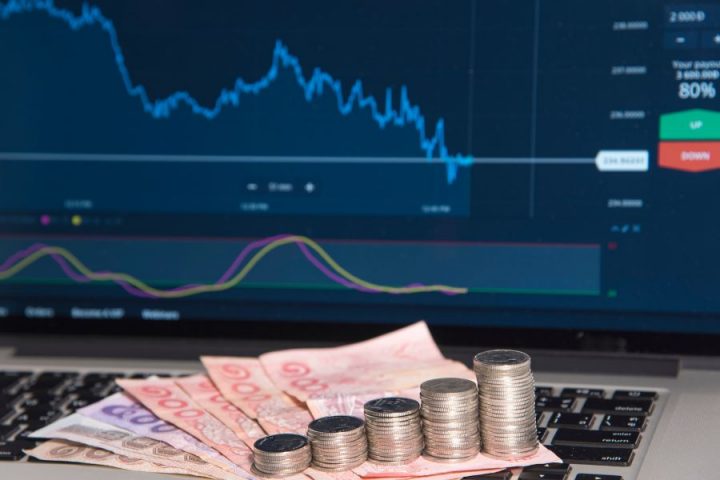In today’s modern world, there are many different types of trading markets. Among them are the forex market, options market, and CFD market. Each has their own pros and cons. Most traders invest in one type of market or the other. Some of these markets are also available from home. However, you should make sure you know about the differences between them before you begin.
Initial margin
Initial margin is the amount of money a trader must deposit before purchasing a stock. This amount is usually at least $2,000, though some brokerage firms require more. The process for calculating margin is different for different types of trading markets. Cleared and exchange-traded derivatives have a standard margin calculation, while non-cleared OTC derivatives use a new method. The margin will be calculated using an approved margin model and will be based on a set of criteria.
Traders must ensure that their margin amounts do not exceed the limit of their accounts. Initial margin is different from the maintenance margin. Generally, the initial margin is the percentage of cash that you need to invest compared to the amount you can borrow. According to Federal Reserve Regulation T, the minimum initial margin is 50% of the value of the purchased security, which limits your borrowing capacity to 50% of the value of the security. However, for volatile securities, the initial margin may be higher.
Maintenance margin
If you are using a margin account, you must understand how maintenance margin works. The initial margin requirement is typically around 40% of the price of the trade. You will need to add more money to your account when your balance falls below this level. This amount will be called a margin call. You will have two to five days to add more money to your account. If you do not add enough funds to your account, the trade will be closed.
Regardless of the type of trading market you trade in, there are some basic rules about margin maintenance. In most cases, you will be required to maintain a certain amount of margin in order to buy and sell stocks. This amount is usually equal to at least 30% of your account balance. If you trade in a margin account that is less than 30%, you will receive a maintenance call.
Contracts for Difference
Contracts for Difference are agreements between two parties, usually an investor and a financial institution, to buy or sell an asset. The investor assumes a position on the future value of the asset and receives a profit or loss depending on the difference between the open and closing price. These transactions are leveraged, meaning the investor only commits a small percentage of his or her initial investment.
The fundamental difference between CFD trading and the trading of Financial Transmission Rights (FOREX) is that CFDs are defined at a particular location. As such, they are not traded through regional transmission organizations. Rather, they are traded between individuals in the market.
Spot trading
In spot trading, buyers and sellers conduct business in a non-centralized manner. The most common assets traded on spot markets are currencies, metals, and energies. Similar to other financial markets, buyers and sellers commit to the spot price by committing to buy or sell the underlying asset.
Spot trading is done at a price determined by supply and demand. Spot prices can change every minute, sometimes within milliseconds. Spot markets can be held through regulated exchanges, or over-the-counter. The stock market is one example of a spot market organised through an exchange. Market participants buy and sell stocks based on the spot market prices of today, which change on a daily basis. Settlement takes place T+2 days after the trade date.
Spot trading is one of the fastest forms of market transactions. It is important to note that a spot trade must be settled within two days. The New York Stock Exchange is one of the most popular spot markets, trading billions of dollars every day. A spot trade is different from a futures trade, where a trade must be finalized before the deal can take place.
Leverage
Leveraged trading involves borrowing money from another party to trade in an asset. Many types of trading leverages are available, and all can have advantages and disadvantages. Short-term traders are most likely to take leveraged positions, while long-term investors are better off taking a buy-and-hold approach.
Trading leverages can give you high returns without the use of a large amount of capital. However, they can also lead to massive losses, so caution is required. Leveraged trading is best practiced with experience and trading education. It is important to remember that the more you learn about trading with leverage, the more you can profit.
Using leverage is particularly risky in volatile markets where share prices can move very quickly. In these cases, leveraged trading can result in high profits and huge losses. However, it is extremely imperative to note that the amount of risk in such a market is smaller than in other markets.
